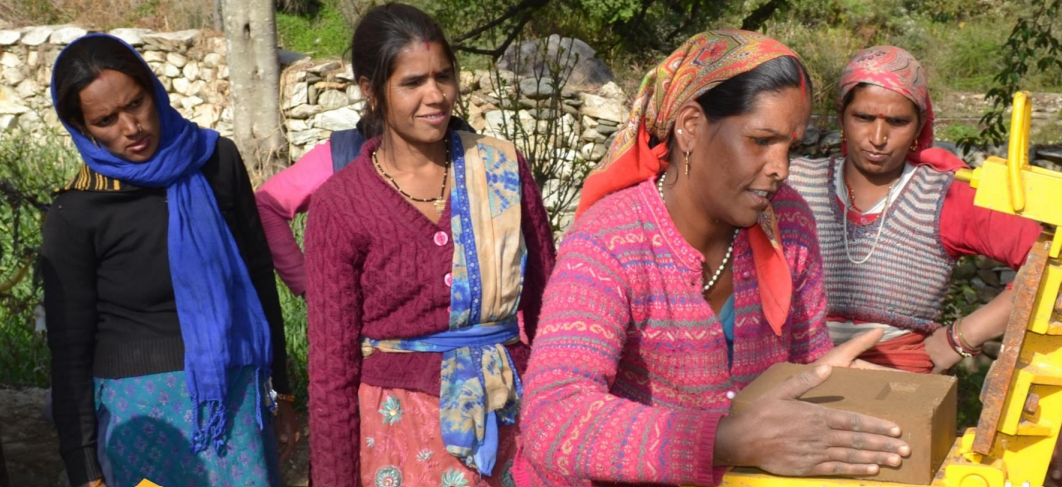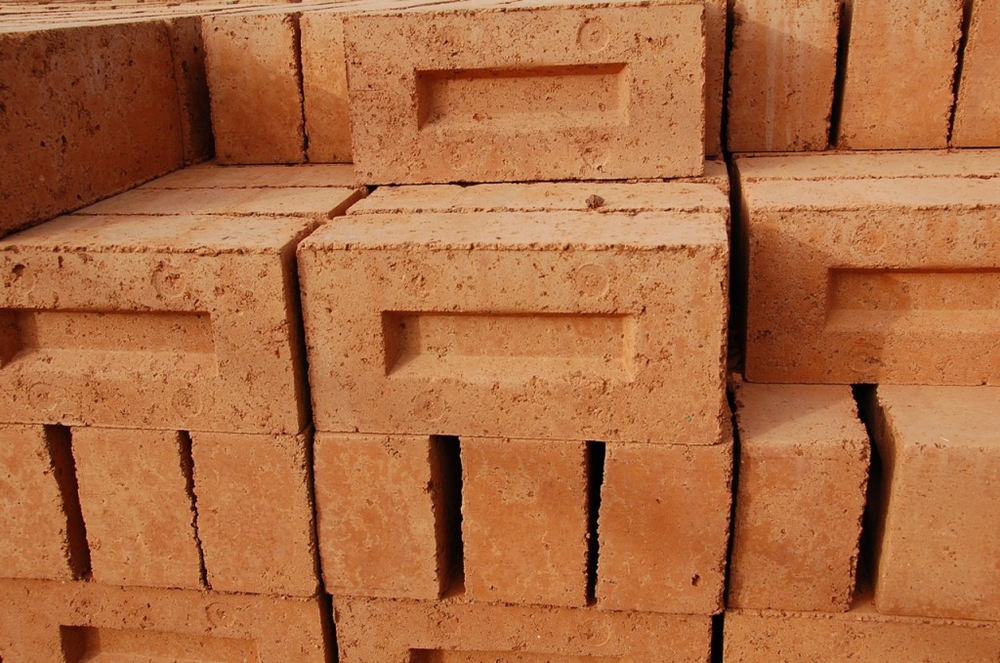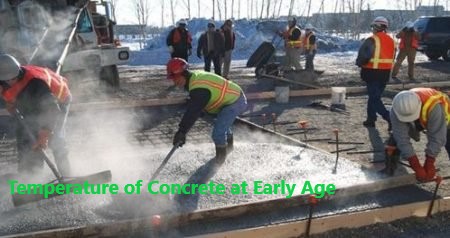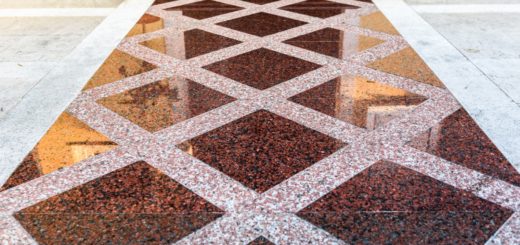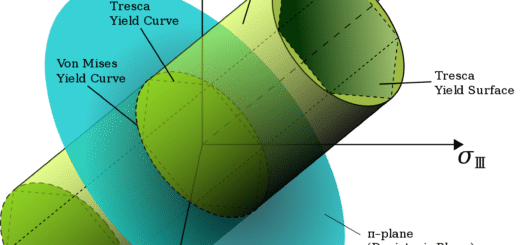Compressed Earth Block Engineering Aspects
One of the environmentally friendly building materials is a compressed earth block. It is sometimes referred to as a compressed soil block or a pressed earth block. It is made by combining the right proportions of relatively dry inorganic subsoil, non-expansive clay, sand, and aggregate.
Compressing damp soil and allowing it to dry in an environment produces earth blocks. Compression is performed using a machine that can be either manually or electrically driven. Mainly there are two types of earth blocks
- Compressed earth blocks
- Compressed stabilized earth blocks
The blocks’ stability is increased by the addition of chemical binders like Portland cement. Compressed stabilized earth blocks, or CSEB, are the name for these kinds of blocks. Additionally, these blocks are sometimes referred to as stabilized earth blocks (SEB).
The characteristics of the compressed earth block contribute to creating the optimum environmentally friendly structure when combined with other green building techniques and performance. It will provide your home with the inertia required for precise temperature control when used to fill in a wood frame, an inside wall, or the area around a masonry heater. A compressed earth block wall meets all the requirements for effective thermal regulation when it has sufficient external insulation.
How to Manufacture Compressed Earth Blocks
Proper assent is required before the production of the compressed earth brick as it could fail in strength and may be subject to weathering and durability issues. Though the earth block has adequate strength, and it does not have the expected durability performance, we may not be able to use it.
The soil-cement mixture is placed in the press chamber and compressed to produce the block. The soil-cement mixture is compressed when a force is applied, resulting in a decrease in the proportion of voids and an increase in the material’s density. The soil’s porosity will decrease the more the density may be raised. Moisture content must be within a certain range and not be excessive.
The proctored test used to measure soil compaction qualities can be used to estimate the optimum moisture content. The Proctor test demonstrates the connection between optimum moisture content and maximum dry density for a specific level of compaction.
The production machinery might be automated or operated manually. The Ram is a device that compresses damp soil-cement mixtures manually. It consists of a box or mold that is filled with the mixture and is operated by a lever. When the mold is fully loaded, the operator presses down on the dirt being squeezed with a force of around 4-6 MPa on the long handle of the machine. The majority of automated presses are set to create blocks at a high pressure of 10 MPa.
The brick formed by this procedure is set in a cool place and left to cure for up to 3 weeks.
Advantages of Compressed Earth Block
Sustainable
When compared to burnt bricks, Earth Blocks have fewer than ten times the embedded energy and carbon emissions. Even after construction, Earth Blocks have a positive environmental impact reduction.
Thermal Effects
The thermal mass added by Earth Blocks walls can be used for passive solar heating to help manage the temperature inside your home and lower your heating and cooling demands. Additionally, because these bricks contain a significant amount of clay and soil, they will naturally “breathe,” regulating indoor humidity levels and enhancing the quality of the air inside.
Not Emit Toxic Gases
One of the few building materials that don’t release harmful gases is earth blocks. In Earthen structures, the relative humidity levels improve the quality of the indoor air. Many common ailments, which are frequently attributed to the change in seasons, are caused by poor indoor air quality, which is substantially improved by this humidity management.
Low Carbon Emission
Almost no carbon emissions are possible with compressed earth block. According to engineers who have mastered this method, 65 percent of all soils are appropriate for compressing earth block walls, which eliminates the need to move soil to other locations. Compressed earth bricks can be produced by manual presses, in contrast to burnt bricks, which take a lot of energy to process and make. The sun and wind can naturally dry them. As a result, construction using burnt bricks uses more energy during production than compressed earth blocks.
Fire Projection
The building made of compressed earth bricks is almost 100% fireproof not like other facade materials. This is one of the very vital advantages we get with the use of earth blocks.
Disadvantages of Compressed Earth Blocks
- It is required to spend considerable time on production. Once the block is cast, it is required to spend about three weeks until the block is cured.
- If the compressed earth block are expensed to the rain, they could erode easily. Therefore, special attention shall be made depending on the nature of the structure.
- Low strength compared to the cement blocks. However, adding stabilizers like Portland cement improves the strength.
- There could be a failure in the stabilized brick walls due to the lack of studies. Further, expected strength may not be developed with issues in the Materials and mixture.
- There could be possibilities of termite attacks for this brick.

